If you’ve ever felt that all-too-familiar burn rising in your chest after a meal, you’re not alone. Gastroesophageal reflux disease, or GERD, affects millions of people and can turn even the most innocent-looking foods into digestive landmines. While spicy tacos and greasy cheeseburgers are easy culprits to blame, the real trouble may be coming from foods you never suspected.
In fact, some of the worst triggers for GERD are the items most of us eat without a second thought. That slice of citrus in your morning tea? Trouble. The tomato in your “healthy” lunch salad? Risky. Even so-called feel-good foods like chocolate or a refreshing mint tea might be sneakily undermining your digestive comfort. It’s not just about avoiding obvious offenders—it’s about understanding how your body responds to ingredients that seem perfectly harmless.
To make things more complicated, GERD doesn’t play fair. Symptoms can show up hours later, making it tough to connect the dots. That’s why expert guidance is so important. Nutritionists and gastroenterologists have spent years studying the patterns, and their findings may surprise you. We’ve consulted top experts and combed through the science to uncover the 10 most common foods that are quietly wreaking havoc on GERD sufferers.
These aren’t fringe health foods or exotic ingredients—these are everyday staples, hiding in plain sight on your plate. Whether you’re newly diagnosed or just tired of the burn, this list might be the wake-up call your gut has been begging for. Read on to discover which familiar favorites might be fanning the flames of your reflux—and what you can do to reclaim a more comfortable, symptom-free life.
1. Fried and Fatty Foods
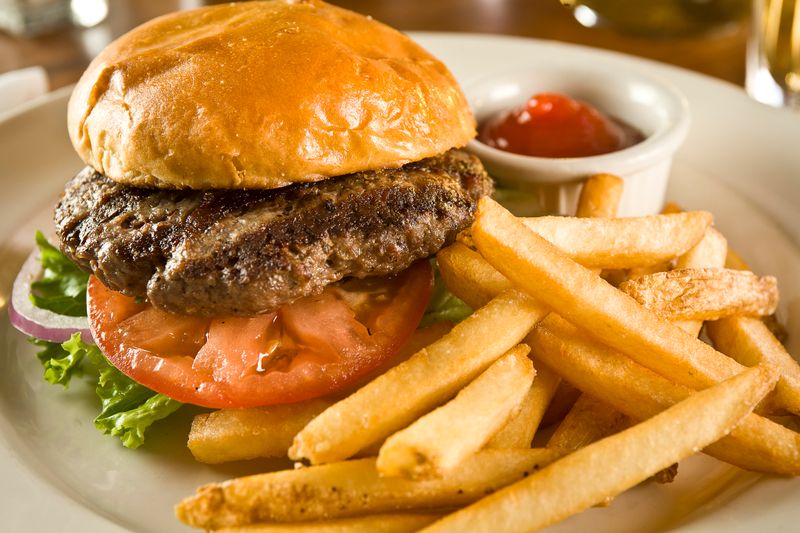
Crispy fried chicken, golden French fries, and sizzling bacon might satisfy your cravings, but they’re terrible news for your digestive system. The high fat content in these foods relaxes the lower esophageal sphincter—the muscle that should keep stomach acid where it belongs.
Fat also slows down digestion, keeping food in your stomach longer. This delay increases pressure and gives acid more opportunity to splash upward.
Even that juicy cheeseburger can be problematic since it combines multiple GERD triggers in one delicious package. For relief, try baking or grilling foods instead of frying them.
2. Spicy Foods
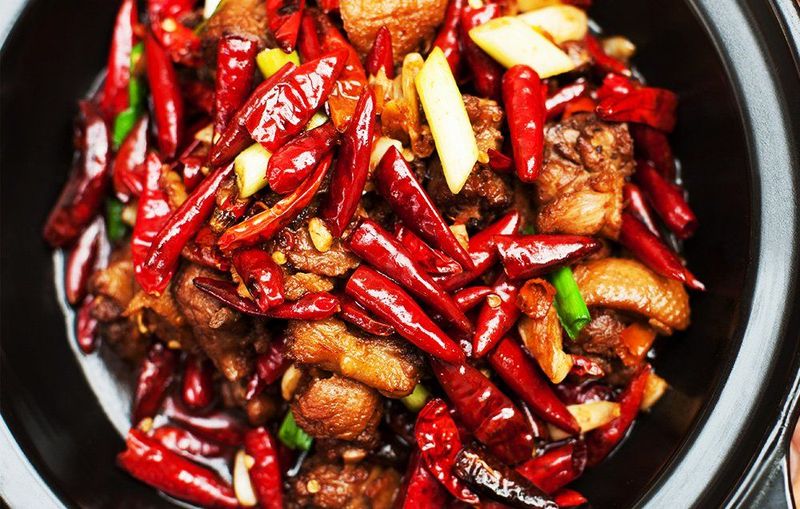
That fiery hot sauce might add excitement to your tacos, but your esophagus disagrees! Chili peppers contain capsaicin, the compound responsible for their heat—and unfortunately, a major irritant to your digestive tract.
Spicy curry, buffalo wings, and jalapeño-loaded nachos can slow digestion and create a burning sensation that amplifies GERD symptoms. Many people experience immediate heartburn after enjoying these foods.
Love flavor but hate the burn? Try seasoning foods with herbs instead of hot spices. Basil, oregano, and thyme can add delicious taste without the reflux-inducing heat that makes GERD worse.
3. Citrus Fruits and Juices
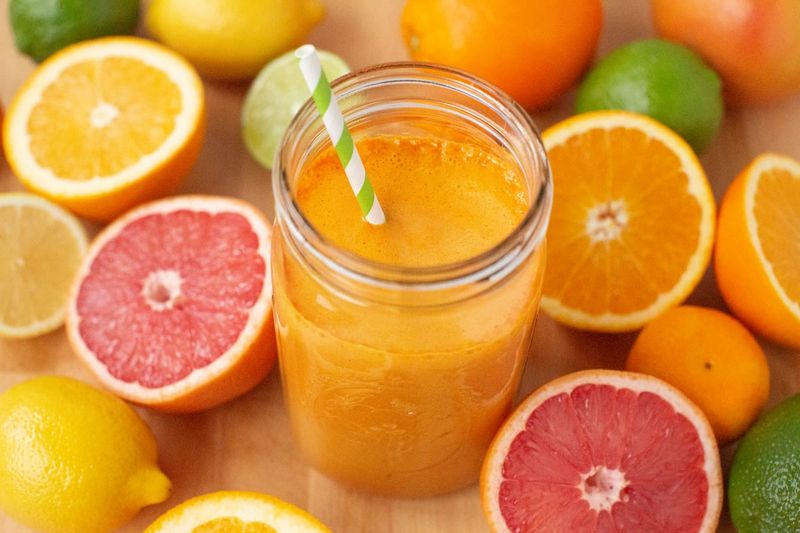
Morning orange juice might seem healthy, but that glass of sunshine can spell trouble for GERD sufferers. Lemons, limes, grapefruits, and their juices pack a powerful acid punch that can directly irritate your already sensitive esophagus lining.
The natural acids in these fruits can trigger immediate heartburn symptoms. Even healthy smoothies become problematic when citrus ingredients make an appearance.
Not ready to give up fruit entirely? Good news—there are gentler options! Bananas, melons, and apples typically cause fewer problems while still providing essential vitamins and that sweet satisfaction you’re craving.
4. Tomatoes and Tomato-Based Products
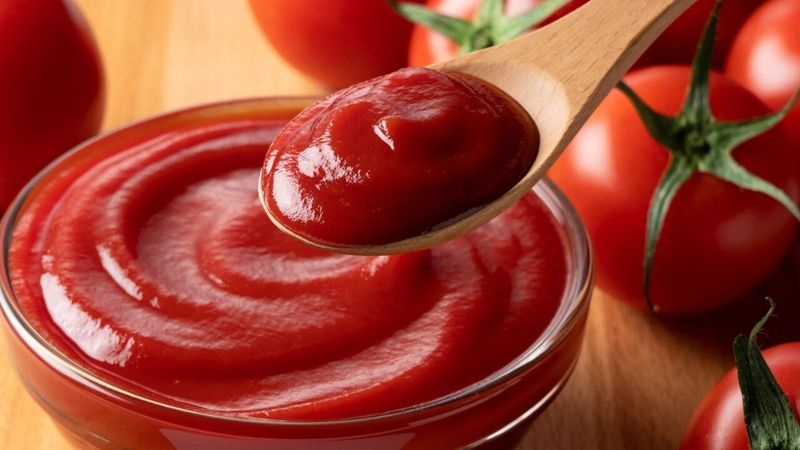
Pizza night might be a family favorite, but that tomato sauce is a notorious GERD instigator. Tomatoes naturally contain high levels of citric and malic acid, making them problematic even when raw in salads.
Pasta sauce, salsa, and ketchup concentrate these acids even further. The worst part? These acidic foods can trigger symptoms immediately or hours after eating, making the connection hard to spot at first.
For Italian food lovers, this news hits hard. Try white pizza with olive oil instead of red sauce, or experiment with less acidic pesto as an alternative base for your pasta dishes.
5. Chocolate
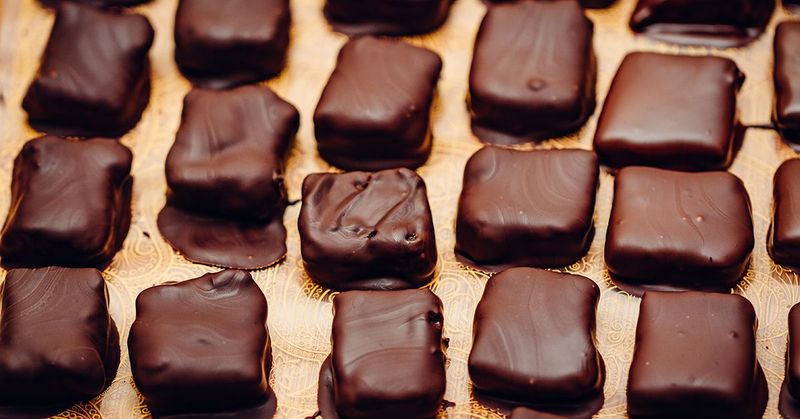
Few treats inspire devotion like chocolate, making this GERD trigger particularly heartbreaking for many. The culprits? Caffeine and theobromine—compounds that relax the lower esophageal sphincter, basically opening the door for stomach acid to travel upward.
Dark chocolate, while healthier in some ways, actually contains more of these problematic compounds than milk chocolate. That Valentine’s Day box of truffles or late-night chocolate ice cream might explain your midnight reflux symptoms.
Can’t imagine life without chocolate? Try white chocolate, which contains less caffeine, or limit yourself to small portions after a low-acid meal rather than on an empty stomach.
6. Caffeinated Beverages

That morning coffee ritual might be sabotaging your digestive comfort all day long. Caffeine stimulates acid production while simultaneously relaxing the sphincter that prevents that acid from escaping upward—a double whammy for GERD sufferers.
Energy drinks combine caffeine with carbonation and often sugar, creating a perfect storm for reflux. Even seemingly innocent black tea contains enough caffeine to trigger symptoms in sensitive individuals.
Switching to decaf helps some people, though coffee remains acidic even without caffeine. Herbal teas like chamomile or ginger offer warm comfort without the reflux risk, making them smarter choices for soothing sipping.
7. Carbonated Drinks
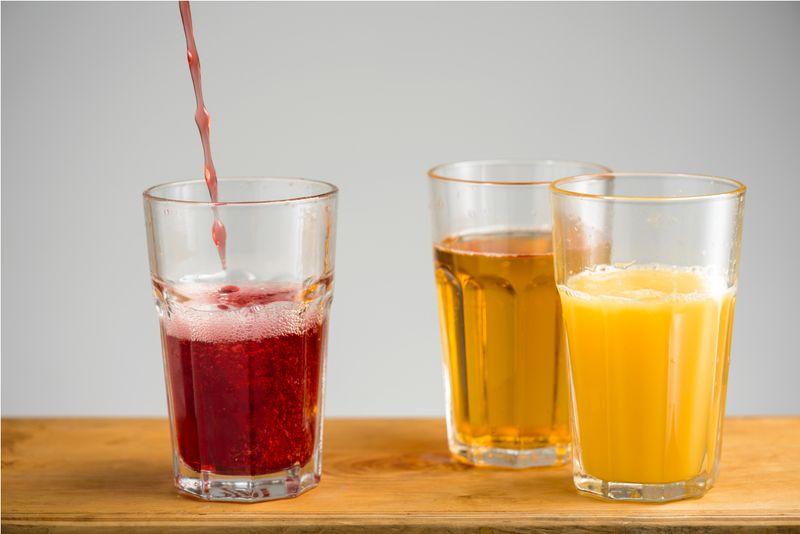
Popping open a cold soda might seem refreshing, but those bubbles spell trouble for your digestive system. Carbonation creates excess gas in your stomach, increasing pressure that forces acid up into your esophagus.
Even seemingly innocent sparkling water can trigger symptoms in GERD sufferers. The carbonation expands your stomach, putting pressure on the lower esophageal sphincter that normally keeps acid where it belongs.
Looking for a fizz-free alternative? Infused still water with cucumber, berries, or mint provides flavor without the reflux risk. If you must have carbonation, drinking it with food rather than on an empty stomach may minimize symptoms.
8. Alcohol

Happy hour might not be so happy when GERD crashes the party. Wine, beer, and spirits all relax the lower esophageal sphincter, making it easier for stomach acid to flow upward. Red wine proves particularly problematic due to its acidity.
Alcohol also stimulates stomach acid production while irritating your esophagus lining, creating the perfect conditions for painful reflux. Mixed drinks can be even worse when combined with citrus juices or carbonated mixers.
Can’t imagine giving up your evening glass completely? White wine and clear spirits tend to cause fewer symptoms than red wine or dark liquors. Always drink with food rather than on an empty stomach.
9. Onions and Garlic
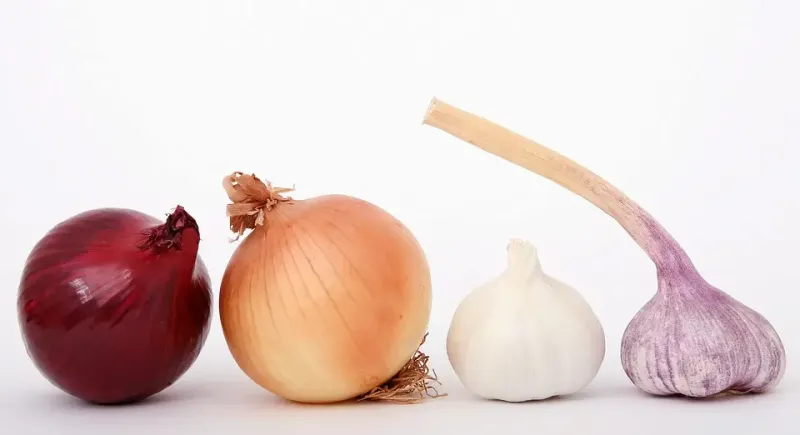
Nearly every delicious recipe starts with these aromatic flavor-builders, making onions and garlic among the most heartbreaking GERD triggers. Both contain compounds that relax the lower esophageal sphincter, especially when consumed raw in salads or dips.
The sulfur compounds that give these vegetables their distinctive smell and taste also promote acid production. Even onion powder and garlic salt can trigger symptoms in highly sensitive individuals.
Food without these flavor foundations might seem bland, but alternatives exist! Chives, the green parts of scallions, and herbs like basil can add flavor with less reflux risk. Some people find that cooking onions thoroughly makes them more tolerable.
10. Mint
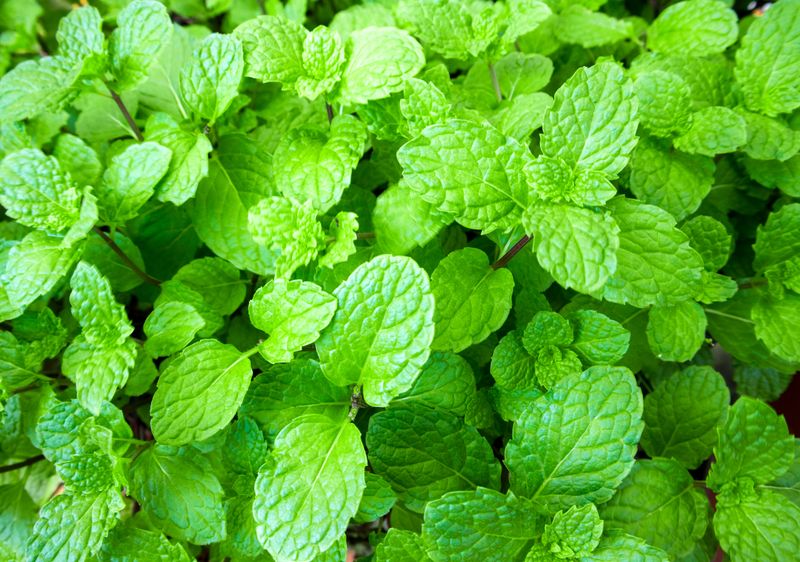
Ironically, the after-dinner mint meant to freshen your breath might actually worsen your digestive distress. Peppermint and spearmint relax the lower esophageal sphincter, allowing stomach acid to flow upward more easily.
Mint teas, candies, gums, and even toothpaste can trigger symptoms in sensitive individuals. The cooling sensation that makes mint feel refreshing masks its potential to cause uncomfortable reflux hours later.
For breath freshening without the reflux risk, try ginger candies instead. If you enjoy mint tea for its calming effects, consider switching to chamomile, which soothes without relaxing the wrong muscles.
Leave a comment